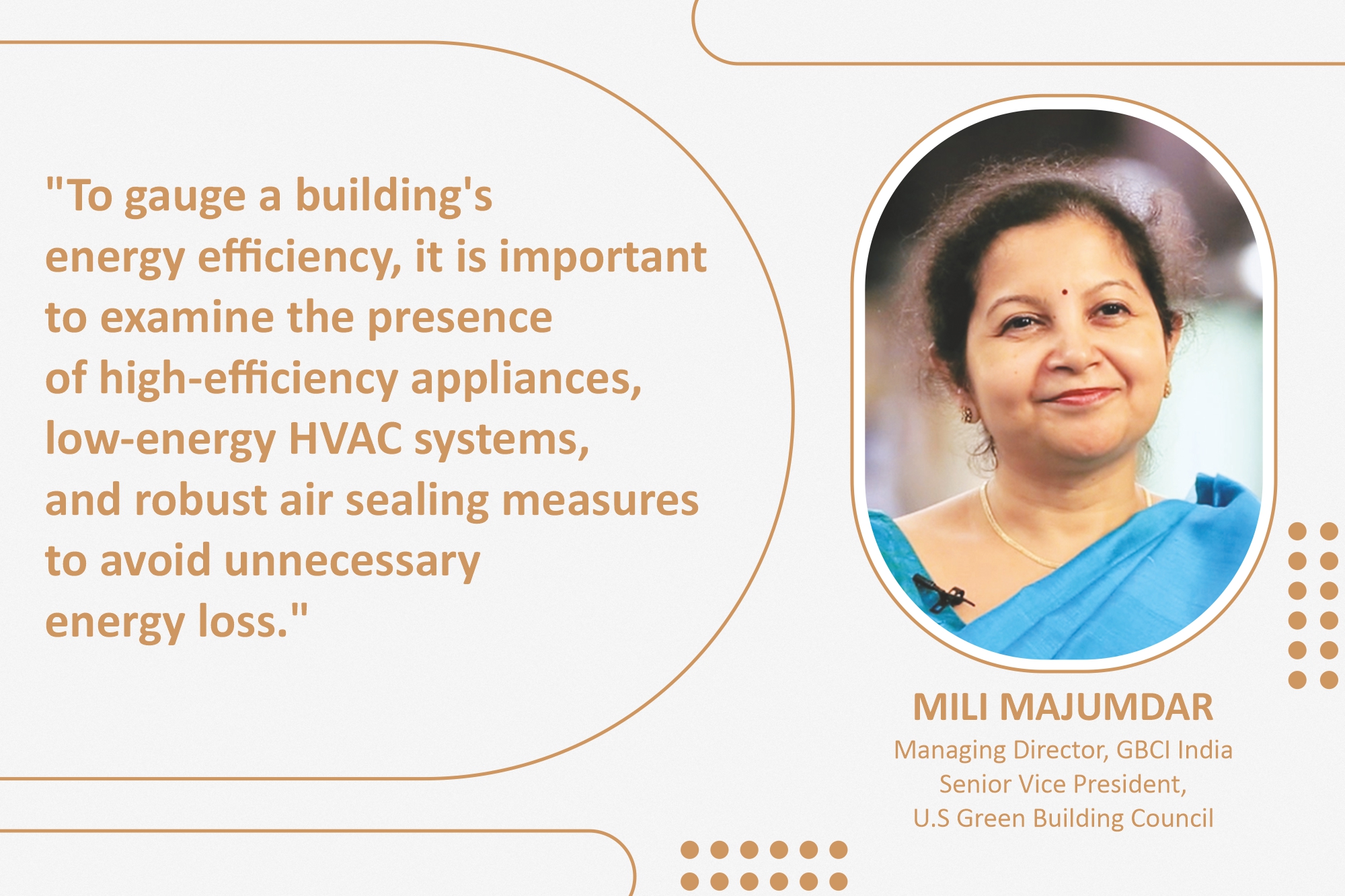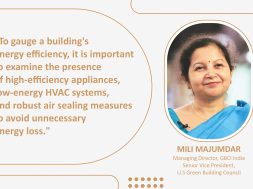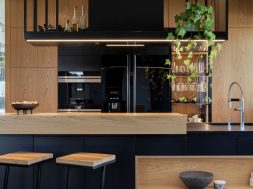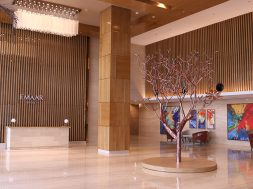Paving the way for a green building revolution

The imperative to embrace environmentally conscious practices in real estate and construction resonates daily.
Acknowledging the stark reality of climate change, India must take decisive architectural actions to align with emission reduction targets and uphold its commitments to achieving net-zero status.
Understanding the essence of green buildings is paramount before delving into the strategies for their development. These structures employ processes and technologies that prioritise environmental sustainability throughout their lifecycle, from conceptualisation to maintenance.
Determining the green credentials of a building can be challenging, as many consumers often rely on the builder’s claims, only to later discover that it was merely a marketing ploy. Therefore, it becomes crucial for individuals to take matters into their own hands and assess whether a building truly adheres to green standards.
As of January 2023, the US Green Building Council unveiled 132 certified buildings and spaces covering an area of nearly 34.19 million square feet in the United States. In previous years, India secured notable positions in the U.S. Green Building Council’s list of top countries for Leadership in Energy and Environmental Design (LEED) certification, reflecting the country’s commitment to green construction.
A key aspect to consider is the location of the building and its accessibility via public transport. Ethical builders prioritise easily reachable areas close to transit nodes and demonstrate a commitment to sustainability by choosing sites that protect natural habitats and minimise pollution. Such locations are often well-oriented to facilitate ventilation and maximise access to natural daylight.

While proximity to public transport is advantageous, green buildings also feature electric vehicle charging infrastructure to accommodate the growing adoption of electric vehicles. Adequate space for on-site parking of electric vehicles is a critical consideration in contemporary sustainable building designs.
The architectural design of a building significantly influences its energy efficiency. To assess the authenticity of a building’s energy efficiency, one should look for high-efficiency appliances, low-energy HVAC systems, and effective air sealing to prevent energy wastage. Insulation materials such as aerated concrete blocks, extruded polystyrene, cellulose, fibreglass, and foam boards contribute to efficiency and sustainability.
Features like cool roofs, double-paned windows, and other temperature control mechanisms indicate green buildings and should be considered during evaluation. Furthermore, emphasising renewable energy resources, such as incorporating photovoltaics, is crucial for sustainable energy production.
Builders’ perspectives on water conservation and waste reduction play a pivotal role in evaluating the green quotient of a building. Water-saving faucets, low-flow toilets, smart meters, rainwater harvesting, composting pits, and greywater recycling are common features in green buildings, reflecting a commitment to resource efficiency.
Dispelling the myth that green buildings are costlier, adopting a life cycle costing approach often reveals that these sustainable structures can be economically viable in the long run. In conclusion, the architectural realm has a pivotal role in developing green buildings, aligning with the global imperative for sustainable and eco-friendly construction practices.
For more info visit: https://www.gbci.org/
39
Cookie Consent
We use cookies to personalize your experience. By continuing to visit this website you agree to our Terms & Conditions, Privacy Policy and Cookie Policy.








